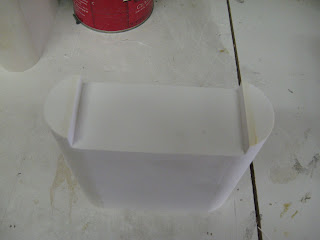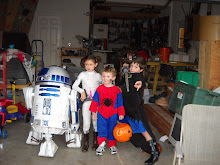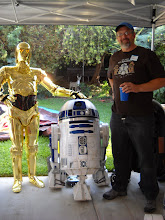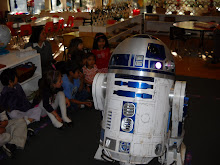

On the last small run of Battery Boxes I did, there was a huge amount of interest. I sold 5 pairs in less than an hour. So I have done another, bigger run. I’ve got 12 pairs to sell.
Construction: The side walls, top and bottom are made of expanded cell PVC sheet (1/4”). The end pieces are made of PVC pipe, sliced in half. All joints are glued heavily with PVC cement. They are sturdy enough to stand on.
I have not put any holes in the front for the cables or the sides for mounting to the feet. If you are putting motors inside of them, cutting a hole in them and mounting them shouldn’t be a problem. But I don't know if different motors will be compatible with the 1/4" sidewalls and the reduced width of 2.9". These have not been tested for NPC motors.
Specs: These boxes are to club specifications with one exception. The width of the boxes is about .1" shy of the 3.00" blueprints. PVC pipe with an exact 3" outside diameter is difficult, if not impossible to find.
The inside dimensions are 1/2" smaller than the outside.
Finishing: The boxes have been finish sanded down to 320 grit. All the joints are smooth and clean. They are almost ready for primer. They may need a bit of touch up sanding here or there.
Price: $85 a pair plus shipping. Email me at mccormick@csus.edu for exact shipping costs, and paypal that email address to place your order. I should be able to get them shipped out with a day or two of getting the order.





















